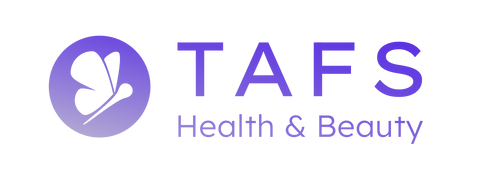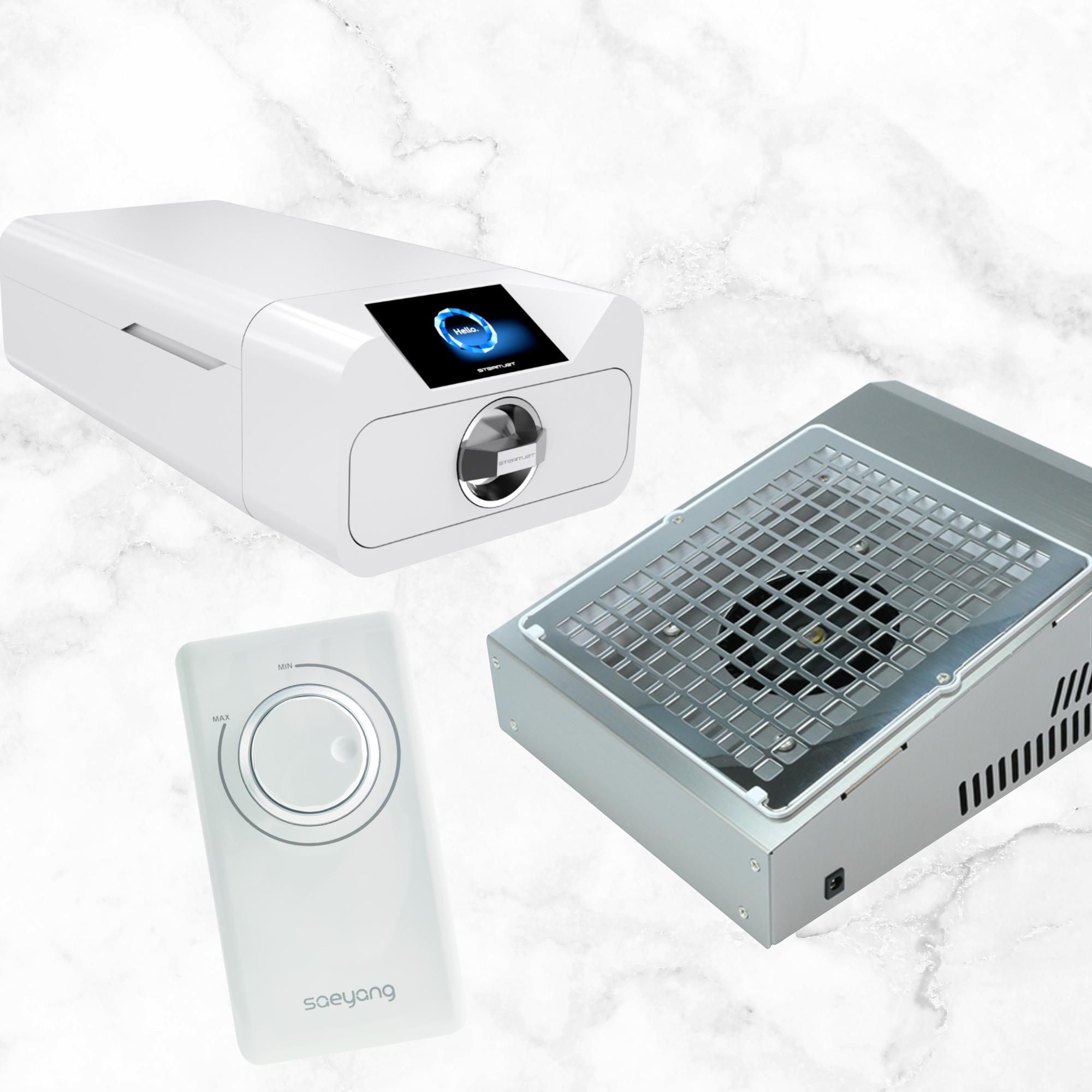Hello everyone!
We have had a wonderfully informative piece written for us by the brilliant Katie (Katie Barnes Academy) on how to sanitise, disinfect and sterilise your tools correctly! This kind of information is so, so valuable and we love encouraging people to educate themselves on the tools they are using especially when it comes to maintaining them! We can't thank her enough for this, here's a little about her and the full blog post below-

With over 15 years of experience, Katie is an international multi-award winning nail professional, competition judge, educator, and brand owner of Katie Barnes Tool Range.
With a wealth of experience in her field, Katie writes and contributes to many industry and local publications, podcasts and educational literature; has been an advisor to the local authority on industry topics; consulted for well-known brands on their R&D and setting up their own educational programmes; presented multiple seminars at trade shows; is a Scratch Magazine cover star, and has been Scratch Magazine’s chief blogger since 2015 where she writes a fortnightly blog on both business and nail techniques.
We think it's safe to say that she knows what she's talking about!
Due to lack of education, it can be far too common to confuse the different method of sanitation, disinfection and sterilisation methods and when to perform each method. This can be a huge error to make and can put you and your clients at risk.
Each country, state and government will have their own guidelines which are paramount to follow. The methods I discuss below are applicable in the UK.
Sanitation, more commonly known as ‘cleaning’, is the physical process which reduces the amount of organic matter and therefore bacteria and viruses. Sanitation of your nail and beauty tools is the first essential step before performing any disinfection or sterilisation. Debris, visible or invisible may remain on the surfaces of these tools and cause issues with the effectiveness of the disinfection and sterilisation process. Never skip the sanitation stage.
Methods of sanitation include:
• Hand washing
• Cleaning surfaces with sprays or wipes
• Washing tools in warm, soapy water
• All varieties of wipes
• Anti-bacterial sprays
• Sanitiser sprays and gels.
UK Government legislation state that wipes are only sufficient sanitation if they contain 60% ethyl alcohol. These do not however disinfect or sterilise sufficiently.
Disinfection is a process that destroys pathogenic microorganisms and removes most viruses, spores, and fungi on your nail tools. It is a sufficient level of microorganism control when skin is not cut or broken but we all know, accidents can happen. Disinfectants work by destroying the cell wall of microorganisms or interfering with absorption. Disinfection does not necessarily kill all microorganisms; especially resistant bacterial spores and it is less effective than sterilisation.
It is essential to follow your manufacturers’ instructions and guidelines when using disinfection solutions to prevent ineffectiveness and damage to your nail and beauty tools.
Acceptable salon methods of disinfection include using hospital grade and approved disinfection solutions after sanitising your nail tools.
Some nail and beauty professionals will stop there; however, I always recommend adding sterilisation as your final step. This is because you cannot put a price on yours or your clients safely and sterilisation is the only process that eliminates or kills all forms of life, including transmissible agents such as viruses, bacteria, fungi, and spore forms.
The best form of sterilisation is using a hospital approved Autoclave such as Enbio. When investing in an autoclave, it must be bought from reputable manufacturers and not third-party retailers such as Amazon or Ebay as there is no way of being sure of its effectiveness. You will also have no warranty or manufacturer support and back up should something go wrong.
The old saying goes, it is better to be safe than sorry! Take the highest level of precaution to prevent any issues arising. It is important to make sure that you are following the correct procedures to the letter to ensure that both you and the client are fully protected.
Love Katie
Katie's Links
Website | Instagram | Facebook | TikTok
A Note From TAFS
Do always be careful with what equipment you are cleaning and be sure to follow any instructions and/or care guides for it specifically. A good example is our very own Saeyang standard handpieces, they do not have stainless steel interior parts so water based wipes would not be a good form of maintenance and it would be advised that Isopropyl alcohol is used instead. You could also opt for an autoclavable handpiece if you do want to use water based cleaning procedures.
Being the expert of your own tools is a great feeling so make sure to educate yourself however possible with best practices and methods. We are going to be promoting a lot of equipment care guides in the coming months and helping you get the absolute most out of your kit!
If you need any further guidance on any of the devices that we sell please get in touch and we would be more than happy to help!
If you are interested in the Enbio we are running a £250 discount on the model S, just use the code ENBIO250 at checkout, check it out HERE!
















